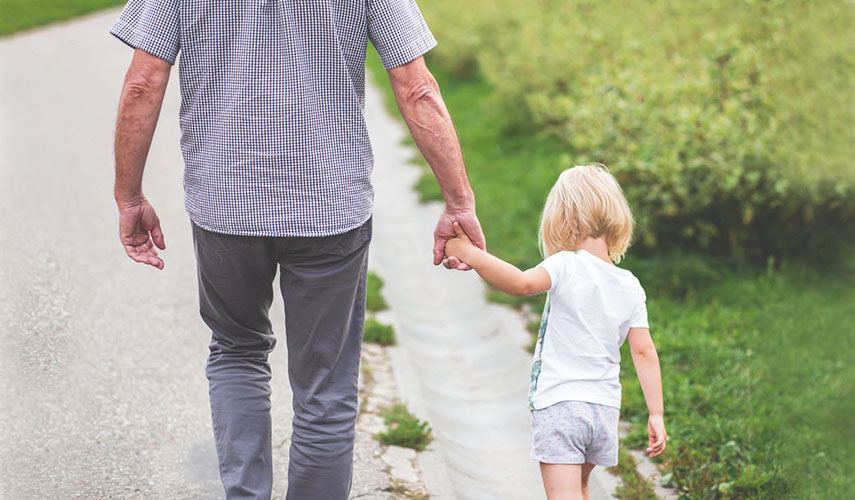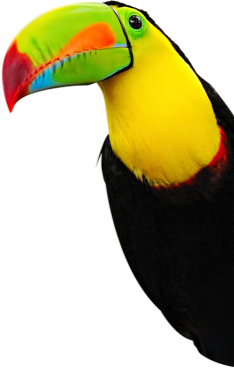14 Oct 12
WHOA Man, It’s A Double Rainbow!
 Colour is incredibly important in design, both web and otherwise. When seen in the sky, it also has the ability to make an individual emotionally unstable (major LOL). On a serious note, the colours that a company chooses can send across quite a specific message. They can influence emotions, evoking a sense of danger, hunger, or desire; they can also have their own significance and meanings. Let’s take a quick look at what different emotions and feelings that colours can actually trigger.
Colour is incredibly important in design, both web and otherwise. When seen in the sky, it also has the ability to make an individual emotionally unstable (major LOL). On a serious note, the colours that a company chooses can send across quite a specific message. They can influence emotions, evoking a sense of danger, hunger, or desire; they can also have their own significance and meanings. Let’s take a quick look at what different emotions and feelings that colours can actually trigger.
Red
As evidenced by the use of red in stop signs, red demands attention. In our society, bright red has a connotation of danger, making viewers more alert. Together with yellow, it can also stimulate appetite, as fast food chains have exploited to their advantage (oh hai Ronny McDonald). Dark red is also associated with luxury and passion, possibly due its connection to red velvet and blood. Because of red’s power, it should not be overused in a design, as it may be overpowering.
Orange
Orange is a bright, energetic colour, which is usually positive. As a colour of a citrus fruit, it’s often seen as quite refreshing and innovative. The colour is well-suited for younger audiences, although it is great for more mature clients too. Interestingly, it is said that orange and yellow are heavily associated with cheap products.
Yellow
Like red and orange, yellow gives an energetic vibe. It is a very happy colour, and is rarely used as the primary colour with serious topics. As with orange, it is good for youthful audiences, and contrasts well with darker colours, and is associated with the sun, a life-giving presence. It should be noted, though, that very bright yellow can be sharp and seem anxious.
Green
Due to its close ties with nature, green is a very calming and neutral colour. It’s often used in sites to do with nature and health. Lighter shades have some of the energy and youthfulness in the warmer colours, while darker greens are more professional.
Blue
Blue has quite a stable, trustworthy vibe to it. Associated with the sky and the sea, lighter blues seem creative and open while dark blue is seen as professional and strong. Due to its connection with water, cleanliness, and compassion blue is very common among the medical industries. Blue and black are the two colours most associated with quality, technology, and reliability.
Purple
Back when we didn’t have computers or technology and life sucked for everyone but royalty, purple dye was extremely expensive. Only the really, really rich people got to wear purple clothes. Thanks to this, purple has a centuries-long affiliation to royalty and luxury. Purple and pink also have cultural connections to femininity, so they’re often used for websites targeting women.
Black
Black is a strong and mysterious colour, and can make a website feel professional, sophisticated, and elegant. As such, it is a very popular colour in web design. Black works very well with bright, jewel tones, making them pop out and seem more vibrant.
White
When white is the dominant colour for a website, it feels very open and pure. Like blue, it can portray cleanliness, and the two often pair together to that end. It tends to draw the eye to the content of the page, rather than the design. Overall, the rule of thumb is less is more. Choose 2 -3 main colours as a base and work around that. You can introduce more colours, of course, but do it in moderation, as things can look messy and complicated if there are too many. Simplicity and elegance is the way to go – stick with what works.


